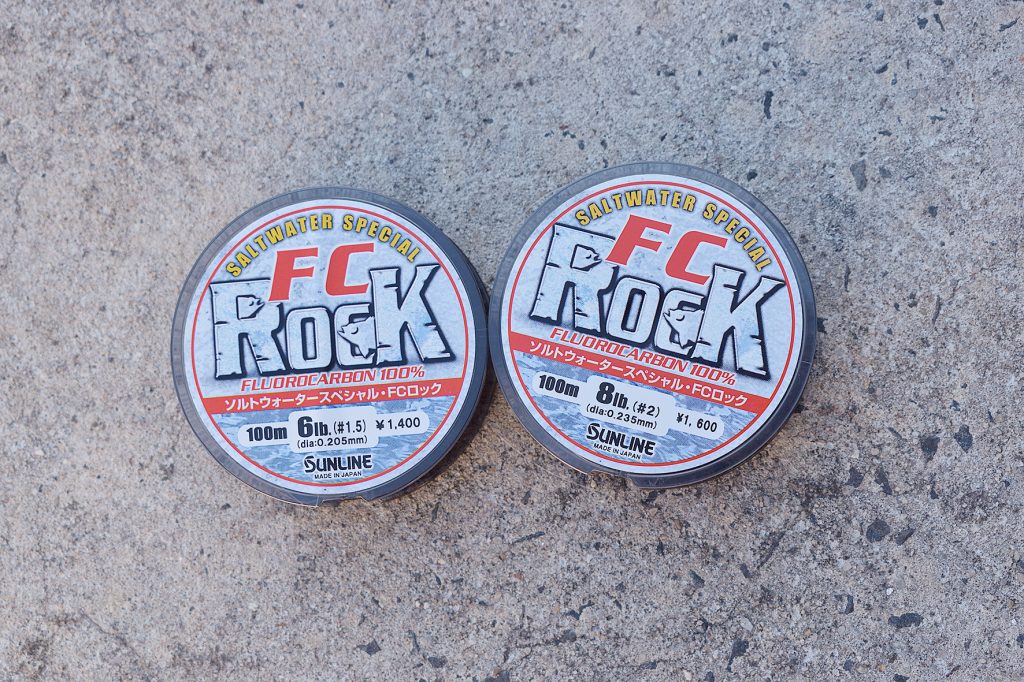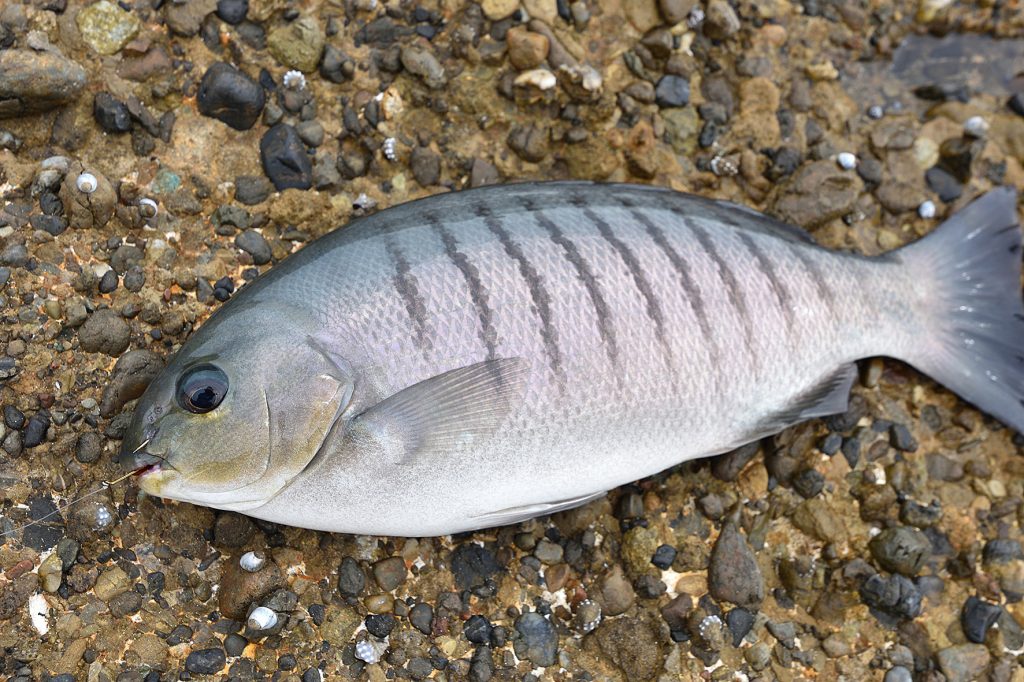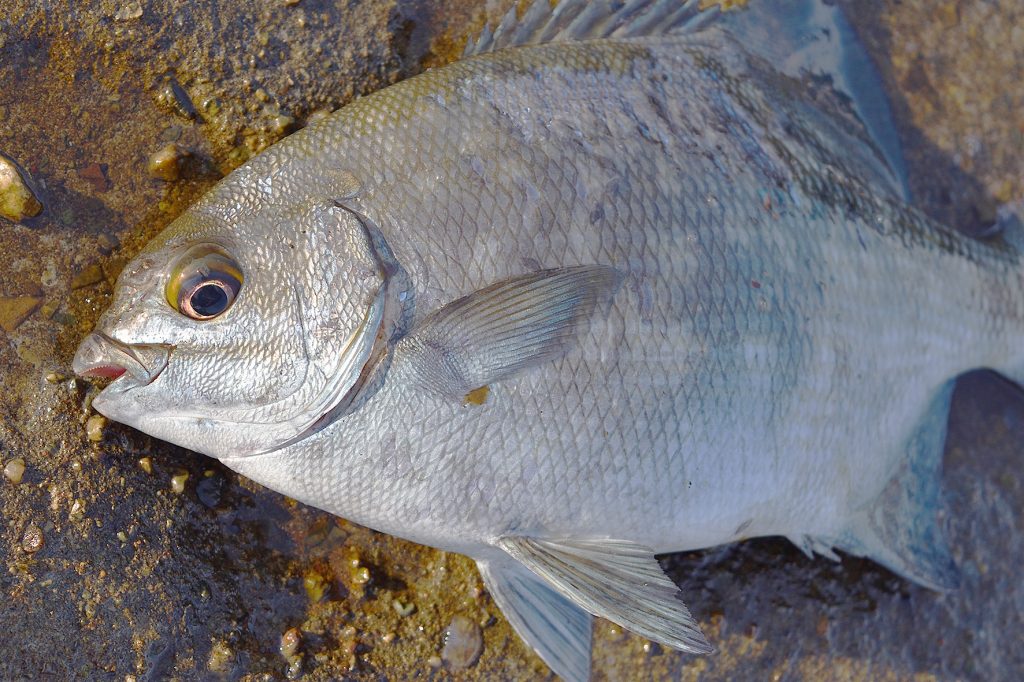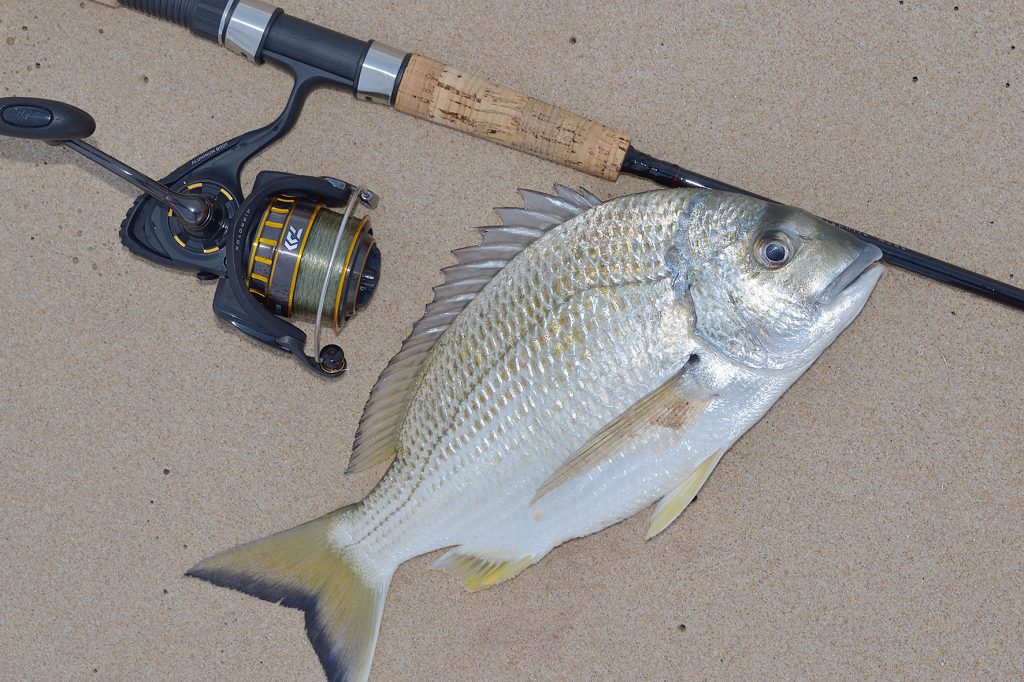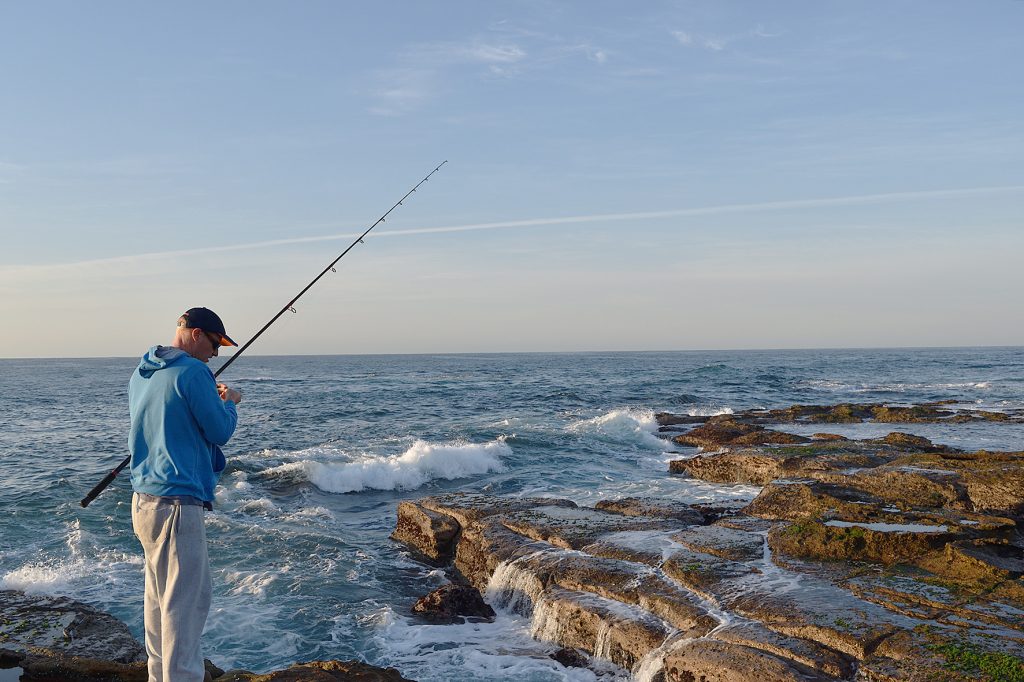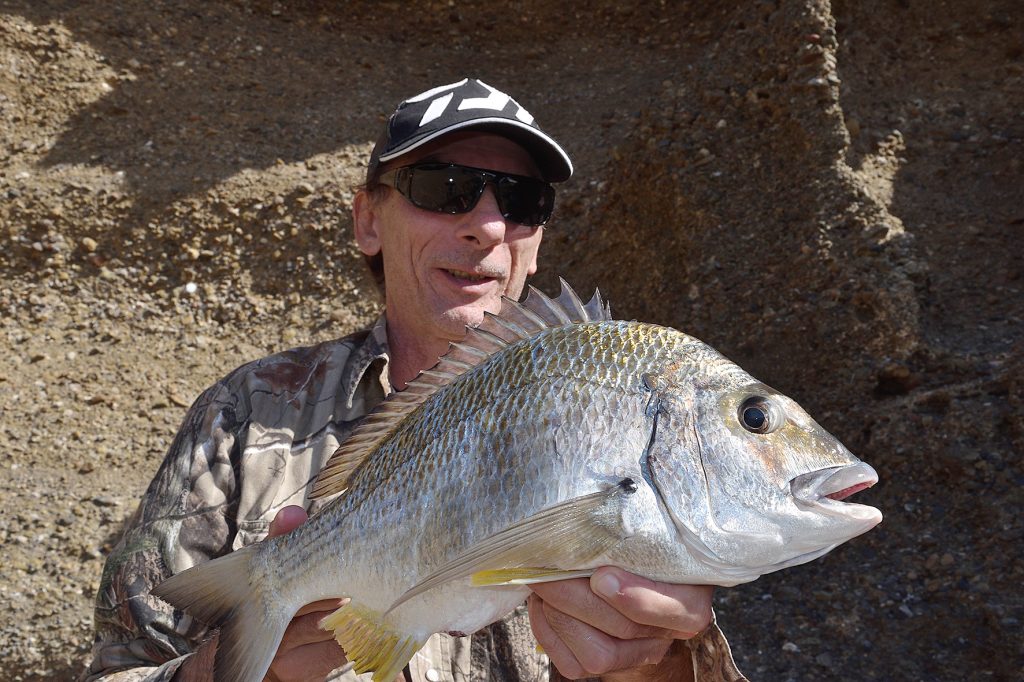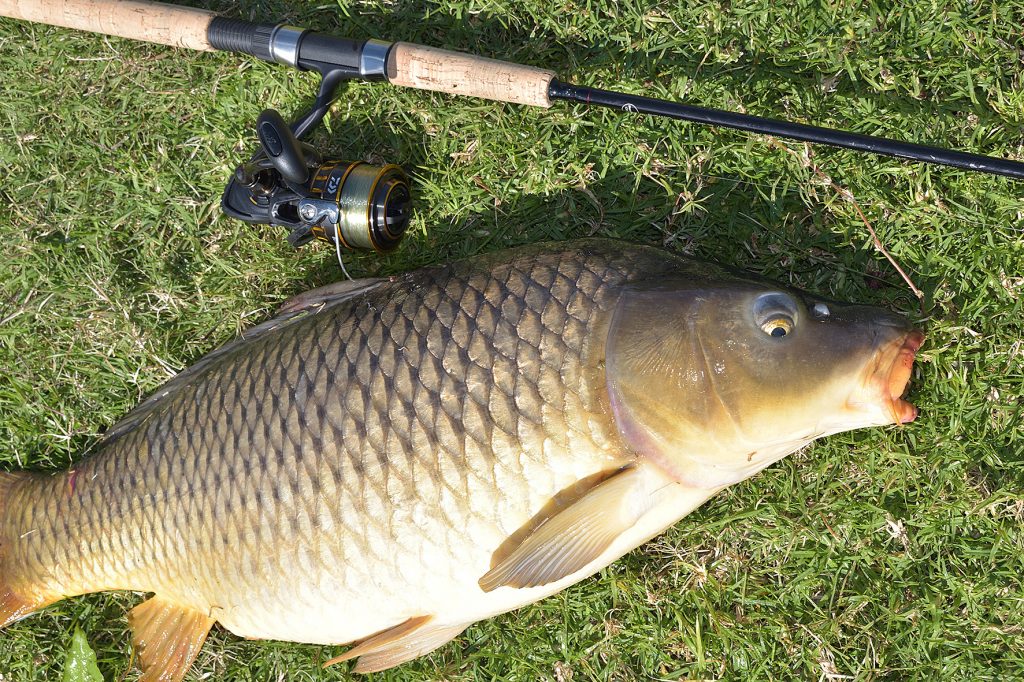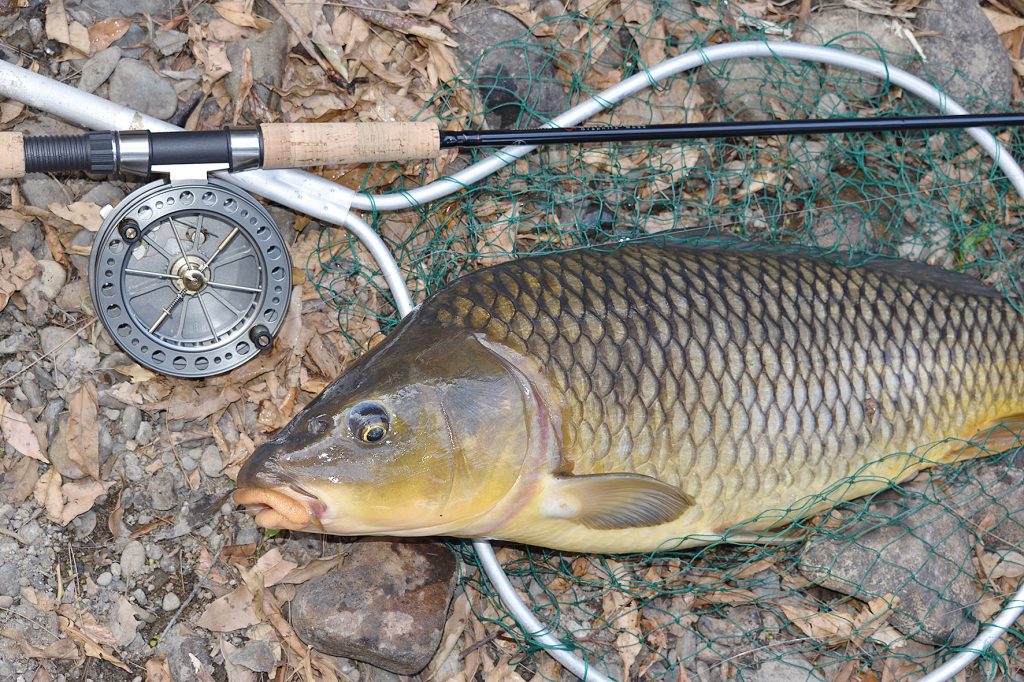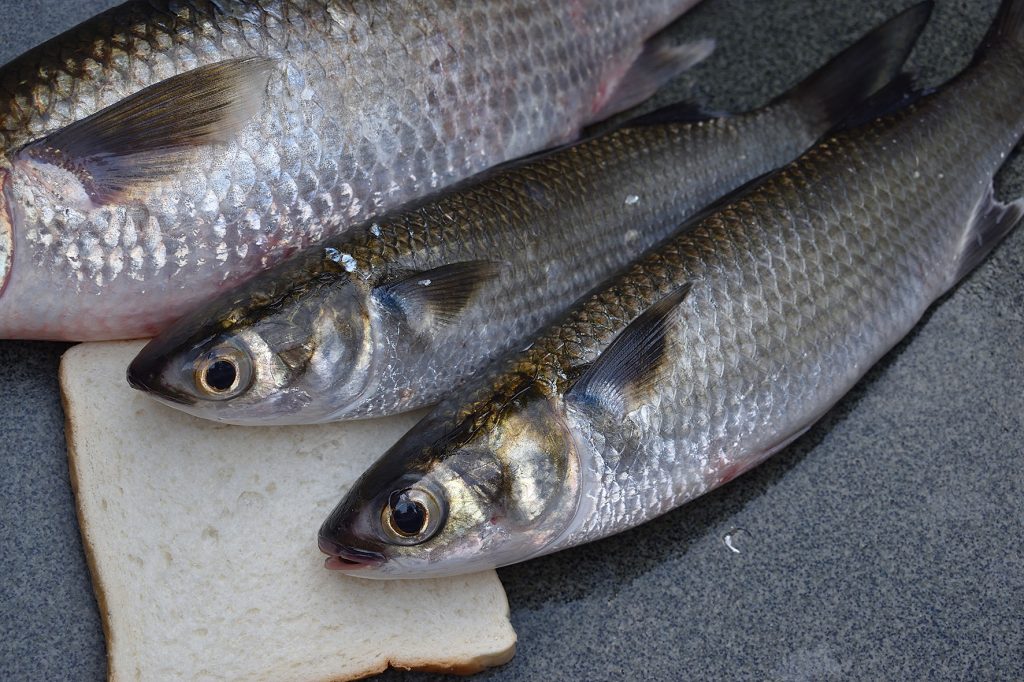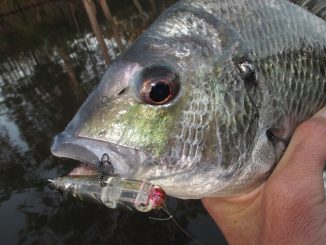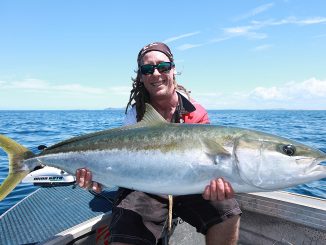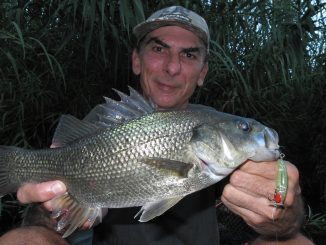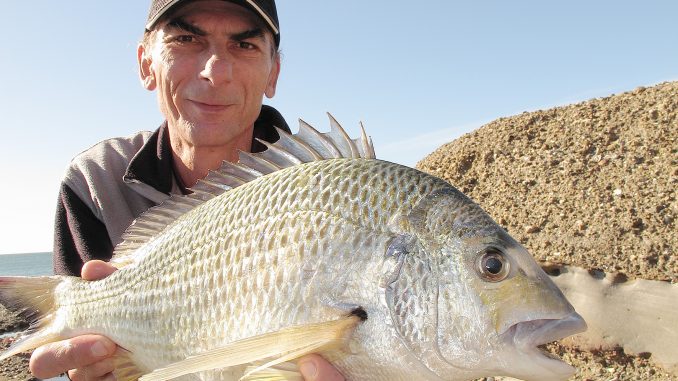
• Jamie Robley (first published June 2021)
One of the most commonly asked questions about fishing anywhere around the world is: What’s the best bait at this location or for a particular species? From the first-time novice, right through to experienced veterans, they all want to know the best bait – it’s like wanting to know the secret to eternal youth or the next winning Powerball numbers!
The reality is that there are many excellent baits worth using at different times and places for all manner of fresh or saltwater species. Over time, some baits prove to be extraordinarily successful and versatile for a broad spectrum of species and scenarios. In Australia prawns and pilchards are probably right at the top of the list, but other popular baits we’re all familiar with include squid, mullet, beach worms and pipis.
Bread is also quite well known as a bait, although it’s all too often considered as a second choice bait when you may not be able to get your hands on better stuff, or as a simple muck around bait for the kids to try while you’re on holidays. It is a bit more popular with those who chase mullet or amongst some rock fishing devotees who target bream or drummer. However, mostly it still seems to fly under the radar or take a back seat compared to more ‘credible’ baits.
In my books though, bread is one of the very best baits in existence. In fact, if stranded on an island and I was only allowed to use one form of bait or lure in order to catch fish to survive, I would instantly choose bread. More specifically, plain white bread. The type that’s available anywhere from the local bakery, corner store, fuel stop or supermarket.
ROCK FISHING
This is a perfect time of year to use bread both as a bait and the berley from the coastal rocks. In fact, the rocks are where I’ve enjoyed my most spectacular results when using bread baits. At times it’s been a real eye opener to see how fish like luderick, drummer and even sweep react to drifting pieces of bread. I’ve seen plenty of awesome surface strikes from predators like tailor, kings, tuna and queenfish over the years and I can honestly say, for their size, luderick and drummer can make quite an impressive explosion on the surface as they smash into chunks of floating bread!
It’s also interesting to see these fish, which we normally consider as vegetarians or grazing feeders become so fixated on something that is far removed from their natural habitat. Regardless of the science behind it, rock fishing favourites like drummer, bream, luderick and silver trevally respond with remarkable enthusiasm towards bread as berley or bait.
Although other offerings like peeled prawns, cunje or green cabbage are favoured by many seasoned rock anglers, I am more than happy to grab a couple of loaves of white bread and go rock fishing with full confidence that I’ll be using a first class bait. On a number of occasions I would even say that bread baits have saved my trip and some of my personal best bream have fallen to quite small bread baits over the years.
The first part of the puzzle is to fish in spots where fish like bream, drummer or luderick are likely to show up. Nearly all east coast rock ledges, outcrops and major headlands will have these fish swimming around them, but generally the more broken up rocks in relatively shallow places seem to house more of these fish. Bream in particular, favour spots with a shallow sandy bottom, as opposed to deeper ledges with more kelp or rock below.
Secondly, it’s important to fish at times when fish are inclined to be actively looking for food and when it’s safe to be fishing from the rocks. So this means when the swell or wave action is small or relatively calm, with a rising tide and preferably earlier in the morning or later in the day.
Dull, overcast weather is normally pretty good and when it’s quite dismal, fishing can still be good right through the middle of the day as well. At the opposite end of the scale, periods when westerly winds flatten out the ocean so it’s dead flat can make for very tough fishing. If you do turn up at the rocks and it’s extremely calm, try to look for any small amount of white wash around ledges, as even a tiny bit of churned up water may attract a few fish.
Next, I normally mash up a few slices of bread to a pulp and throw it in close to the rocks as berley. There’s nearly always a few pools of water around most rock ledges, so it’s easy enough to dip the bread in these to help soften it up for the berley. The finer you can mash it up the better too.
A common mistake that many anglers make is to think more berley must be better. That’s generally not really the case and it may just serve to feed the fish rather than get them hungry so they’ll be looking for your bait. A lot of floating bread on the surface also tends to attract sea gulls and they just end up becoming a pest. So it’s a good idea to think in terms of ‘less is more’ and that way you’ll hopefully spread some scent through the water and encourage fish to look for your bait, rather than eat all the berley.
Small to mid-sized baits on hooks from size 6 up to a 1/0 should work well in most situations. If it seems that luderick are the main species present then smaller hooks in sizes 6 or 4 will be on the mark. If bigger bream or drummer seem more prevalent than larger or stronger hooks could be a better option. Baits can either be suspended under a float or lightly weighted on other types of rigs. A very simple and easy option I like to use in some places is 4-5kg nylon mono as the mainline, with one hook tied at the end, nothing else, no float, sinker, swivel, trace or anything. This is a particularly good way to go when fishing shallow areas where only very short casts are required.
ESTUARY OPTIONS
Much like rock fishing, bread works extremely well in calmer water for bream, luderick, mullet, trevally and garfish. Anyone who’s ever tried to catch poddy mullet in a bait trap would have used bread as the enticer in the trap. However, when pinched over a small size 8, 10 or 12 hook it can be dynamite on both small and larger mullet.
A general guideline is to use bread baits suspended under a float when targeting mullet, garfish or bream. Thinner, stem floats are my preference, however, some may prefer to use little Styrofoam bobby floats or those plastic floats that can be partially filled with water to create some extra casting weight. This is basically a more scaled down and sedate version of rock fishing with bread baits and the common target species slightly different. However, it’s still as entertaining and productive, whether you’re fishing for food, bait or just having some fun.
IN THE FRESH
Plain white bread also makes an excellent offering in freshwater. Once again, mullet are one of the first species to zoom in on bread berley or baits, providing they live in the place you’re fishing. Most freshwater streams east of the mountains house mullet and wherever you find bass you’re also likely to encounter mullet. Freshwater garfish and herring are also quite partial to bread and in some places I’ve enjoyed sessions catching all three species. As with estuary fishing, small baits suspended under a float is normally the best way to go, with ideal hooks being long shank sizes 8, 10 or 12.
Carp certainly won’t say no to bread either. Although corn kernels are often considered as the best bait for carp and they’ll also go for worms, cheese and various other baits, bread has the advantage of being so clean and convenient. A piece of bread about the size of your fingernail, squeezed over a size 4 hook works very well for carp in most places.
BREAD FISHING TIPS
Bread comes in many different forms these days, but the best type to use for bait in the fresh or salt is your simple white loaf, either sliced or unsliced. Some white bread is better as bait than others, so if you find it always falling off the hook or not performing so well, try another brand or go to a different shop to buy it. Wholemeal, brown or other forms of bread are generally best left to be used as berley and that also applies to older stale bread that’s gone too hard or crumbly to be used as bait.
When squeezing a bit of bread over the hook, be it a tiny size 10 hook for garfish or a 1/0 for drummer off the rocks, try to squeeze it firmly over the eye end of the hook, leaving some unsquashed over the hook end. Also, try to leave at least a little bit of the hook point exposed, which helps when it comes to getting a solid hook up.
As mentioned earlier in this article, go sparingly when it comes to using bread as berley. The main thing you want to do is to entice the fish with a bread scent in the water. Too much berley may just encourage fish to fill up on that and they’ll then ignore your bait.

